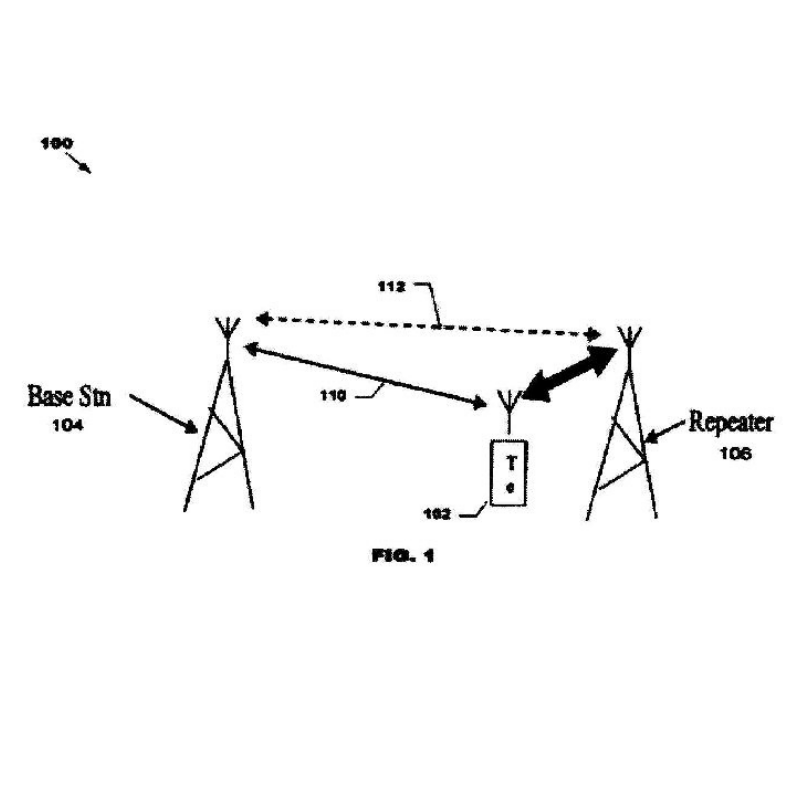Telefonaktiebolaget LM Ericsson generates and builds system tools and software, including services for network and company undertakings. The Company’s portfolio additionally comprises commodities for the business, cable, mobile outlet, and power module markets.
In India, the business of Telefonaktiebolaget LM Ericsson focuses on Traffic localization with proxy mobility, Packet data serving node (PDSN) load optimization, Aggregated binding updates and acknowledgments in Mobile IPv6, Optimal fragmentation of multicast packets, Load balancing in a mobile telecommunications network, and PPP connection during simple IP.
Telefonaktiebolaget LM Ericsson filed a patent application numbered 4684/DELNP/2011 that is titled METHOD AND BASE STATION FOR TRACKING POWER PEAKS OF A SIGNAL. The patent has been filed in the field of Electricals. This Patent Application has been granted as Patent Number 352118. This invention relates to a method for tracking a mobile terminal. This procedure includes obtaining a signal conveyed from the mobile terminal, finding a central search domain for a signal related to the mobile terminal, discovering an additional search area for a signal related to the mobile terminal, wherein the search area surpasses the central search domain, distinguishing the strength of a signal linked to the mobile terminal discovered by finding the subsequent search area, and recognizing whether the central search area must be altered based on the strength of the signal that was discovered by finding the subsequent search area.

During the patent examination, the Patent Examiner raised objections under Section 3(k) of the Patents Act, 1970 (as amended) as the method steps given in claims are mere statements. These can be executed via software instructions/operations carried out by a conventional computer processor. The apparatus claims are functional and do not have any ‘inventive’ constructional feature. As such, there is no ‘new’ hardware feature in these claims. The said claims, therefore, seem to represent nothing but an ‘implicit’ reflection of software instructions/operations carried out by a computer processor and conventional computer hardware. Therefore, the said claims as such fall within the scope of section 3(k).
As a response, the Applicant submitted that the claims are directed towards algorithm and computer program per se as a category of section 3(k). The latest CRI guidelines published on June 30th, 2017 have removed the novel hardware requirement amongst other changes. The erstwhile three-step test for patentability (whose third step specifically stated that computer programs in themselves were unpatentable, and could only be claimed in conjunction with novel hardware) has also been removed. Therefore, the claims are therefore allowable U/S 3(k) of the Patents Act, 1970.
Advocate Rahul Dev is a Patent Attorney & International Business Lawyer practicing Technology, Intellectual Property & Corporate Laws. He is reachable at rd (at) patentbusinesslawyer (dot) com & @rdpatentlawyer on Twitter.
Quoted in and contributed to 50+ national & international publications (Bloomberg, FirstPost, SwissInfo, Outlook Money, Yahoo News, Times of India, Economic Times, Business Standard, Quartz, Global Legal Post, International Bar Association, LawAsia, BioSpectrum Asia, Digital News Asia, e27, Leaders Speak, Entrepreneur India, VCCircle, AutoTech).
Regularly invited to speak at international & national platforms (conferences, TV channels, seminars, corporate trainings, government workshops) on technology, patents, business strategy, legal developments, leadership & management.

